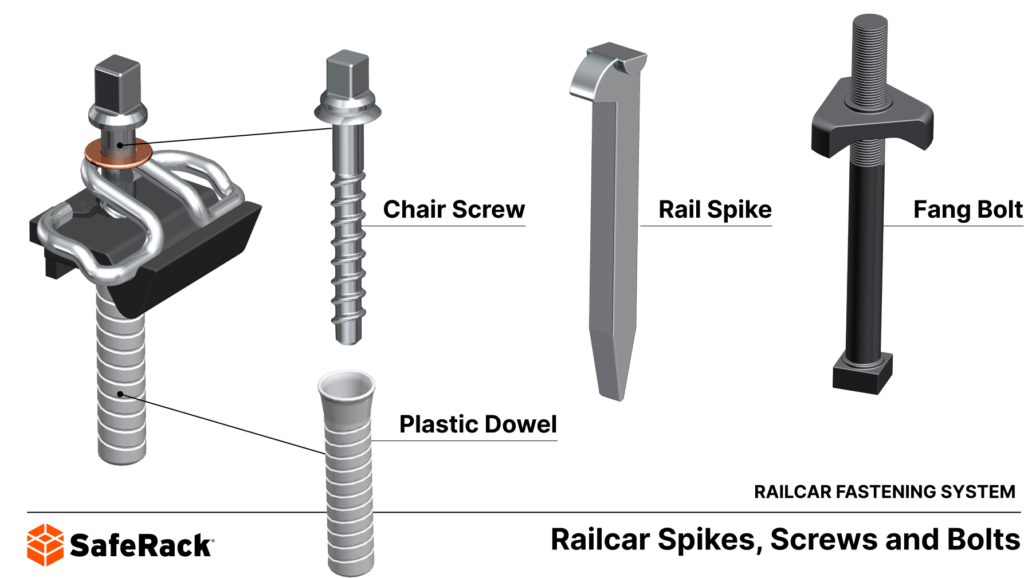Rail plastic dowels, also referred to as rail plastic sleeves or concrete inserts, serve as the fastening foundation in concrete sleeper systems. These components are pre-inserted into concrete sleepers before assembling rail fastening system parts. The dowel ensures reliable connections between fastening systems and concrete sleepers while providing electrical insulation for fastener components.
Overview of Rail Fastening Systems
Modern rail fastening systems require specialized components to accommodate different sleeper materials and track requirements. The transition from stone block sleepers with wooden inserts in the 18th century to today’s concrete sleepers with plastic dowels demonstrates continuous innovation. These systems must provide secure rail attachment while managing electrical isolation and corrosion protection.

Plastic dowels enable precise fastener positioning and protect concrete from damage during installation and service. The insulating properties prevent electrical conductivity between rails and reinforced concrete structures. Railroad safety encompasses infrastructure integrity and worker protection, where SafeRack provides on-site safety assessments and custom-designed loading platforms for railcar facilities.
Learn more: Core Components of a Rail Fastening System | Railroad Construction Facts
Frequently Asked Questions
Rail plastic dowels are typically manufactured from high-density polyethylene (HDPE) or glass-fiber reinforced polyamide. These materials provide excellent electrical insulation, chemical resistance, and mechanical strength while maintaining dimensional stability under varying temperatures and loads.
Plastic dowels create a buffer zone between metal fasteners and concrete, preventing direct contact that causes concrete spalling and cracking. They distribute point loads over larger areas and accommodate fastener movement without transferring stress directly to the brittle concrete material.
Replacing damaged dowels in existing concrete sleepers is challenging but possible using specialized extraction tools and epoxy-based replacement systems. However, severe damage may require sleeper replacement, as field repairs rarely achieve the same strength as factory-installed dowels.



